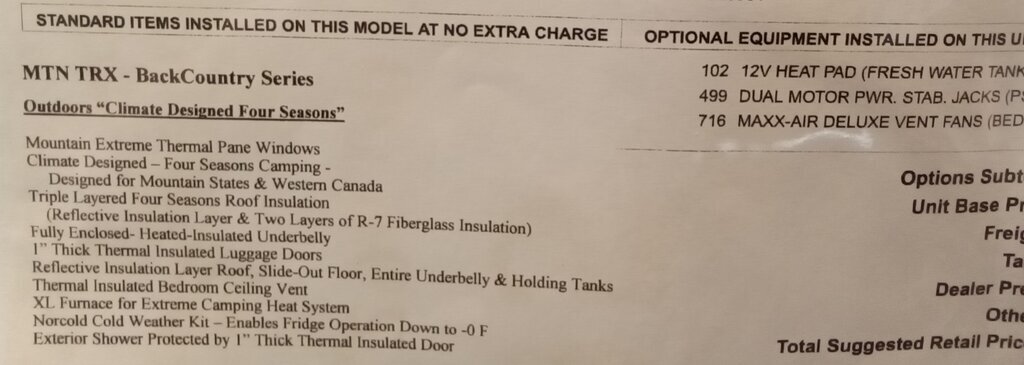scooterjm
Member
Due to several expected nights of hard freezes I went ahead and winterized today for the first time. Getting antifreeze through all the lines and in the drains was a breeze. But after I got home (my storage site is about 20 miles away) I realized I didn't think about the Black Tank Flush inlet. The last time I flushed the black tank was early September. Do I need to go back and push some antifreeze through that line, or is it likely empty and dry by now anyway?

